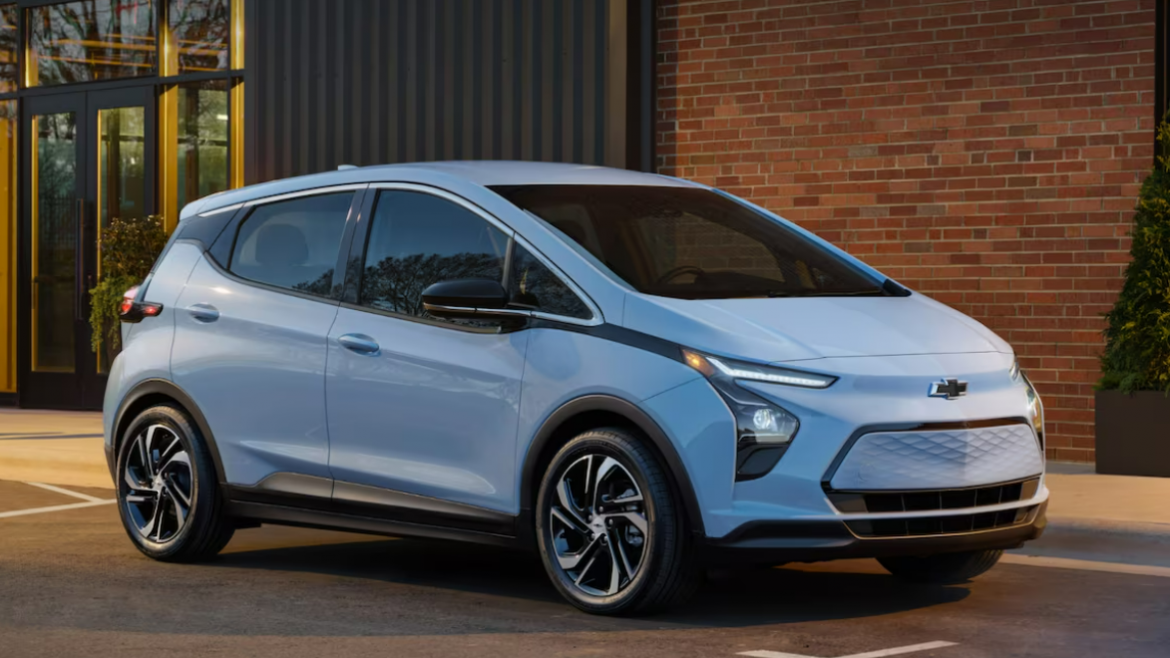General Motors (GM) is set to invest USD 13.3 billion in U.S. facilities for a new wave of electric vehicles (EVs), with plans to build an affordable version of the Chevrolet Bolt in Kansas and introduce a series of premium electric vehicles for Cadillac and Chevrolet in Michigan, according to sources. The investment details were disclosed in a summary of the new agreement negotiated with GM by the United Auto Workers (UAW) and are expected to extend through April 2028.
Targeted facilities for investment
Most of the planned investment had already been outlined. However, the summary from UAW identified new investments, including USD 1.25 billion in GM’s Lansing Grand River plant in Michigan and USD 391 million in the Fairfax plant in Kansas.
The Michigan facility is expected to produce the premium EVs for Cadillac and Chevrolet, which may encompass a high-performance electric model bearing the Corvette name. Meanwhile, the Fairfax plant in Kansas is under consideration for manufacturing a more affordable version of the Chevrolet Bolt in 2025.
GM’s response
GM refrained from commenting on the tentative agreement, as it is subject to ratification by the UAW. The company issued a statement stating that it would provide more specifics about product details in the future.
EV transition strategy
GM’s investment strategy for future products sets it apart from its competitors. While Ford and Stellantis have announced plans to introduce hybrid gas-electric models as a bridge between traditional combustion engines and full battery-electric vehicles (BEVs), GM’s approach is more singular, focusing primarily on BEVs. The company has not announced any plans to introduce new hybrid models in the United States.
Analysts have noted that GM’s transition towards BEVs is more comprehensive and primarily revolves around BEVs, which could pose challenges if consumer demand for EVs does not accelerate as expected. The exact timing of several EV investments by GM, Ford, and Stellantis remains somewhat vague, and adjustments may be required if EV demand does not significantly increase within the next few years.
A Unique Approach to electric vehicles
GM’s strategic direction stands out as a committed shift towards BEVs. While their path may be more challenging, it reflects a strong focus on the electric future, with fewer diversions into hybrid technology. This commitment aims to accelerate the adoption of electric vehicles, addressing sustainability and environmental concerns. However, market dynamics and consumer demand will play a significant role in shaping the success of this approach.



